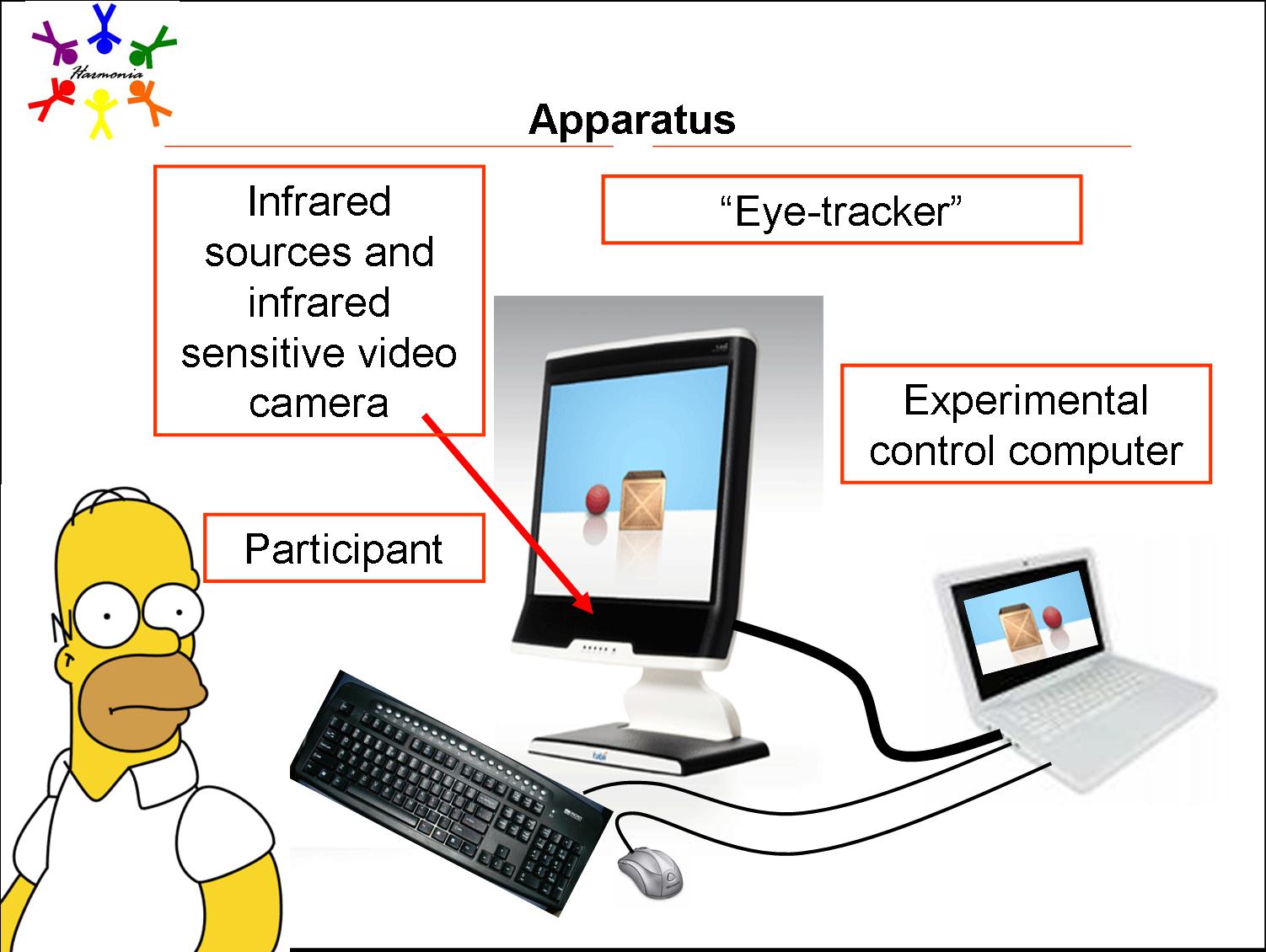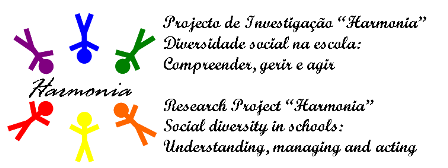|
|
Besides field research, experimental studies are conducted in the laboratory. The aim of the studies is to test a new method for investigation of prejudice and stereotyping called "eye-tracking". More information will follow shortly.
|
Eye-tracking has been used in several research areas, such as: cognitive psychology, developmental psychology, experimental psychology, neuropsychology and mental disorders, ophthalmology, media psychology and human computer interaction.
The eye-tracking technique permits the recording of eye movements as we explore a given stimulus. The apparatus used for research in the project registers information about eye movements by illuminating the eye with a barely visible infrared light. The infrared light is then reflected by the eye and recorded by receptors placed in the apparatus shown in the picture below. The apparatus is connected to a computer from which we can control the presentation of stimuli.
It is our aim to use eye-tracking as a technique to measure implicit attitudes regarding prejudice in children. This technique allows the access the way children explore images of different targets.

|
|
|

